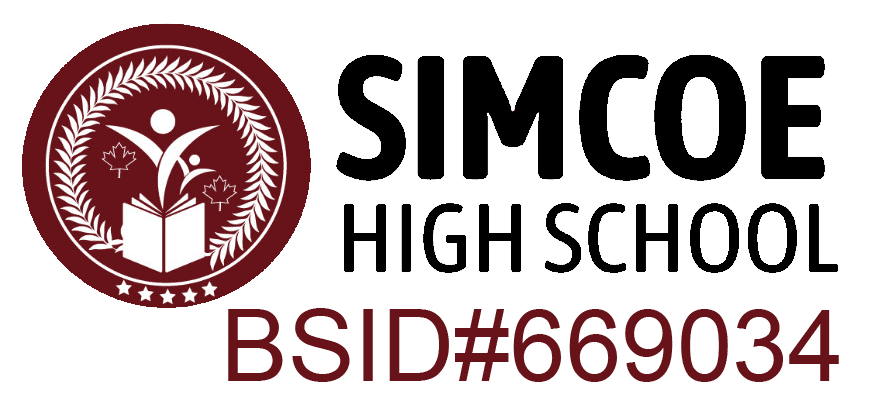The OSSD will be awarded by the Ministry of Education in Ontario, Canada.

What is OSSD?
Students who successfully finish the requirements of the Ontario secondary school curriculum are granted the highly regarded and internationally recognized Ontario Secondary School Diploma (OSSD). Grades 9, 10, 11, and 12 are referred to as secondary school.
Universities, institutions, and companies in Ontario, Canada, as well as abroad, often accept the OSSD, which is awarded by the Ministry of Education in that province. The OSSD is a demanding and all-encompassing degree that gives students a solid basis for success in post-secondary education and the workplace.
In addition to offering opportunities for specialized classes in disciplines like English, math, science, social sciences, and humanities, the curriculum is meant to give pupils a well-rounded education.
OSSD's Global Recognition
A highly regarded and internationally recognized high school certification, the Ontario Secondary School certification (OSSD) is given to students who successfully finish the secondary school curriculum in Ontario. Secondary school includes grades nine, ten, eleven, and twelve.
The OSSD is widely recognized by colleges, universities, and companies in Ontario, Canada, and is awarded by the Ministry of Education in that province. Students who complete the demanding and thorough OSSD program will have a solid basis for success in post-secondary education and the workforce.
In order to give pupils a well-rounded education, the curriculum covers a variety of subjects, such as English, math, science, social sciences, and humanities, in addition to offering possibilities for specialized courses in such like


OSSD Requirements
To obtain an OSSD, from grade 9 to 12, students must:
Complete a minimum of 30 credits, which include compulsory and optional courses
Fulfill community involvement hours
Successful completion of the Ontario Secondary School Literacy Test (OSSLT) or its equivalent.
The Requirements are given below:
30 Credits requirement
Students must earn 12 optional credits by successfully completing courses offered in their school’s program and course calendar. The 30 credits are divided into 18 Compulsory Credits and 12 Optional Credits. Students must earn the following 18 compulsory credits to get their Ontario Secondary School Diploma.
Literacy graduation requirement
All students must meet the secondary school literacy graduation requirement to earn their high school diploma. For most students, this means passing the Ontario Secondary School Literacy Test (OSSLT). Students who do not successfully complete the OSSLT have other opportunities to meet the literacy graduation requirement. Online students can complete OLC4O, or the Grade 12 Ontario Secondary School Literacy Course online. You can also complete it in-person during the summer/winter exchange programs.
Community involvement hours
Students are required to complete 40 hours of community involvement activities in order to earn an Ontario Secondary School Diploma (OSSD). Students working towards their OSSD should make sure they meet these graduation requirements in time for their graduating year. Students can start accumulating their community involvement hours in the summer before entering Grade 9. Students who are looking for community involvement opportunities should make sure they know which activities qualify for the community involvement requirement and ask their principal or guidance counsellor for more information.

PLAR: Prior Learning by assist with Assessment & Recognition
PLAR stands for Prior Learning Assessment and Recognition. It is a process that recognizes and evaluates a student’s prior learning, which may have been acquired through formal education, work experience, volunteer work, or other relevant experiences. PLAR is designed to assess a student’s knowledge, skills, and competencies against specific curriculum expectations or learning outcomes, and determine if they have met the requirements for a particular course or program.
PLAR is recognized and regulated by the Ontario Ministry of Education and is used by Simcoe high school as a means to assess students’ previous credentials and grant exemptions for specific courses towards their OSSD. This allows students to demonstrate their prior learning and potentially earn credits without having to repeat material they have already mastered.

